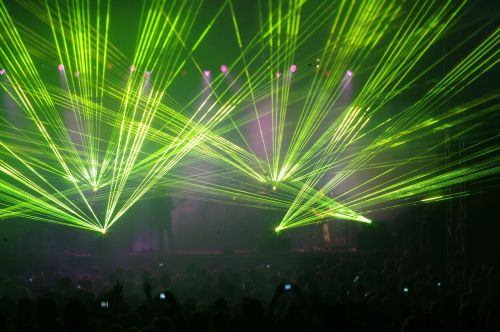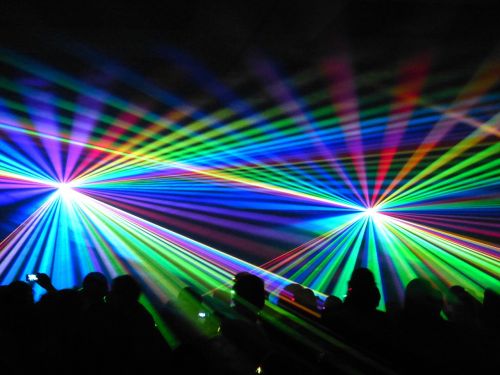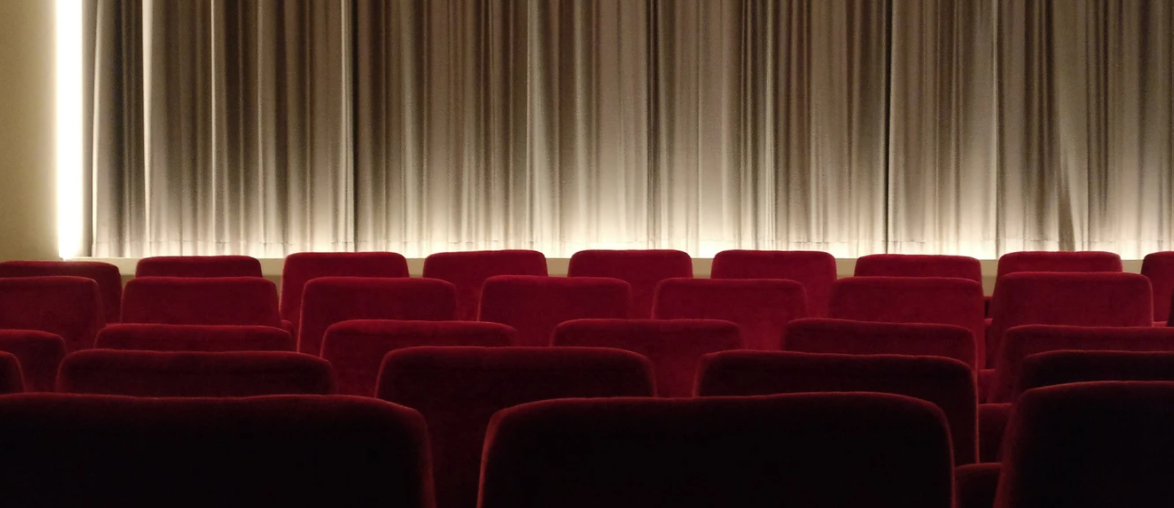While watching a show, some people do not take a keen eye on the efforts made to succeed. This does not mean that people do this on purpose; some are caught up by the action on the stage. If you have ever attended a show or watched a recording of a decent show such as aida playbill, there is a likelihood that the lighting might have pricked your senses.
Stage lighting is largely about the placement of the fixtures. How an event organizer places the light fixtures on stage matters a lot. Stage lighting layouts generally employ some fundamental placements. Therefore, the key to getting the best results is to master the basics of stage lighting. Therefore, anyone working on stage lighting can only get the job done if they get the basics right.

Front Lighting

Front lighting, as the name suggests, focuses on lighting areas where the action is. This means that the fixtures should be positioned in a way that ensures the performers get maximum illumination.
In most cases, the fixtures are placed just above the performers, with the beam directed slightly downwards and not head-on. Ideally, the most important thing about the placement of the front light is to ensure they light up the stage without blinding the performers.
Notably, there are instances when the lights can be placed at lower positions. In the case of the lights placed on the lower front edge of the stage, the lights have to be pointed up to serve their purpose optimally.
Front lighting can take various forms. Fundamentally, the position of any fixture should aid in providing optimal stage illumination while ensuring that the beams do not affect the actors on stage.
Back Lighting
Backlighting is focused on the performer’s back. Ideally, backlights are placed at a completely different angle. These lights serve two main purposes: ensuring the subjects do not cast shadows and creating an element of visual separation. It is also worth noting that backlighting comes in handy when you want to set a certain mood.
It would help if you also thought about the possibility of having multiple backlights on the stage. Multiple lights give you the needed flexibility in covering performers who are constantly on stage.
Fundamentally, both the front and backlighting are the fundamentals of any stage layout. All you need is to do is to establish ways of bringing the show to life.



 When logging in to any online platform, it’s essential to ensure that the site is legitimate. This is especially true for mobile casino platforms, where many scams and fake sites exist. To avoid being scammed, look at the site’s URL and see if it matches the casino’s official website. It would help if you also looked for SSL encryption, ensuring that your personal and financial information is safe.
When logging in to any online platform, it’s essential to ensure that the site is legitimate. This is especially true for mobile casino platforms, where many scams and fake sites exist. To avoid being scammed, look at the site’s URL and see if it matches the casino’s official website. It would help if you also looked for SSL encryption, ensuring that your personal and financial information is safe. finally, when making deposits and withdrawals, aim for anonymity. This means using a service like Bitcoin that doesn’t require you to input your personal or financial information. By doing this, you’ll be able to keep your info safe and secure, even if your mobile casino platform is compromised. In addition, always remember to log out of your account after you’re finished playing.
finally, when making deposits and withdrawals, aim for anonymity. This means using a service like Bitcoin that doesn’t require you to input your personal or financial information. By doing this, you’ll be able to keep your info safe and secure, even if your mobile casino platform is compromised. In addition, always remember to log out of your account after you’re finished playing.
 Everyone now has access to a tablet or phone which gives them access to numerous apps. Make good use of these apps by ensuring your digital magazines, e-books, and other materials are easily accessible.
Everyone now has access to a tablet or phone which gives them access to numerous apps. Make good use of these apps by ensuring your digital magazines, e-books, and other materials are easily accessible.  Social media book clubs now dominate this area that was previously held by physical book club meetings. |You can take advantage of this by having regular online book club sessions with your readers. The good thing about the technology generation is more welcoming to online stuff than physical ones. Take advantage of this, share your books, and give your readers their views and opinions on your writing.
Social media book clubs now dominate this area that was previously held by physical book club meetings. |You can take advantage of this by having regular online book club sessions with your readers. The good thing about the technology generation is more welcoming to online stuff than physical ones. Take advantage of this, share your books, and give your readers their views and opinions on your writing.